EXHIBITIONS
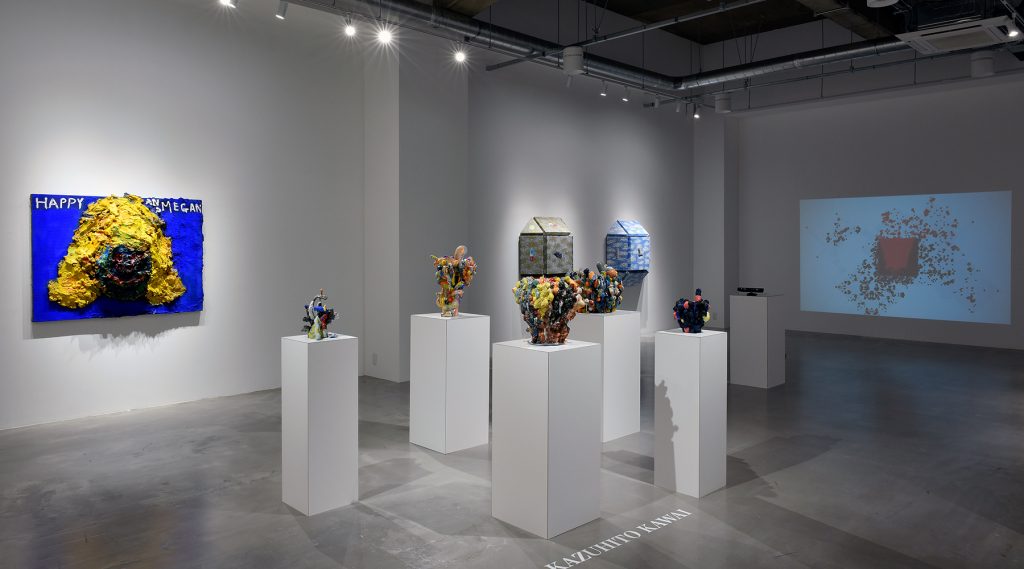
H―C≡N
On the occasion of our October grand opening, TOKYO INTERNATIONAL GALLERY (TIG) will hold a group exhibition by up-and-coming artists Michael Ho, Nanae Mitobe, Kazuhito Kawai and Kai Watanabe, titled “H―C三N”.
“H―C三N” – A dialogue with hydrogen cyanide and fear, reveals the true nature of who we are.
The emergence of a single organism, COVID-19, has spread an irresistible “fear” and exposed a deep-seated emotional darkness, sadness and anger at the distortion and fragility, division and discrimination, disparity and absurdity of the society that had been hiding under the thick veneer of “polite society”.
This is exactly what happened during World War II, when anarchy and “fear” ruled the world.
It is reminiscent of the hydrogen cyanide used during the Holocaust.
Ironically, it was COVID-19 that proved that the world is “connected” and that all human beings are “equal” (in the face of death), defying borders, disrupting the capitalist economy and changing the landscape of everyday life.
And the greatest product of this viral pandemic was the loss of identity through the liberation of people from social systems that did not make sense and the isolation of people from their physical communities.
Artists mull over this world by facing the future, itself still headed towards a realm that no one has yet imagined, truly facing their “selves”in the process.
Oil paint, clay, 3DCG and code. The process of struggling with the canvas, each in his own “language”, amplifying and accumulating, and eventually dissolving, is like an organism that never stops changing shape.
At the moment you confront your inner fears in the presence of these works, a new dialogue, a new language, will be born.
What will you say when your “fear” celebrates beauty?
―Artist Statement―
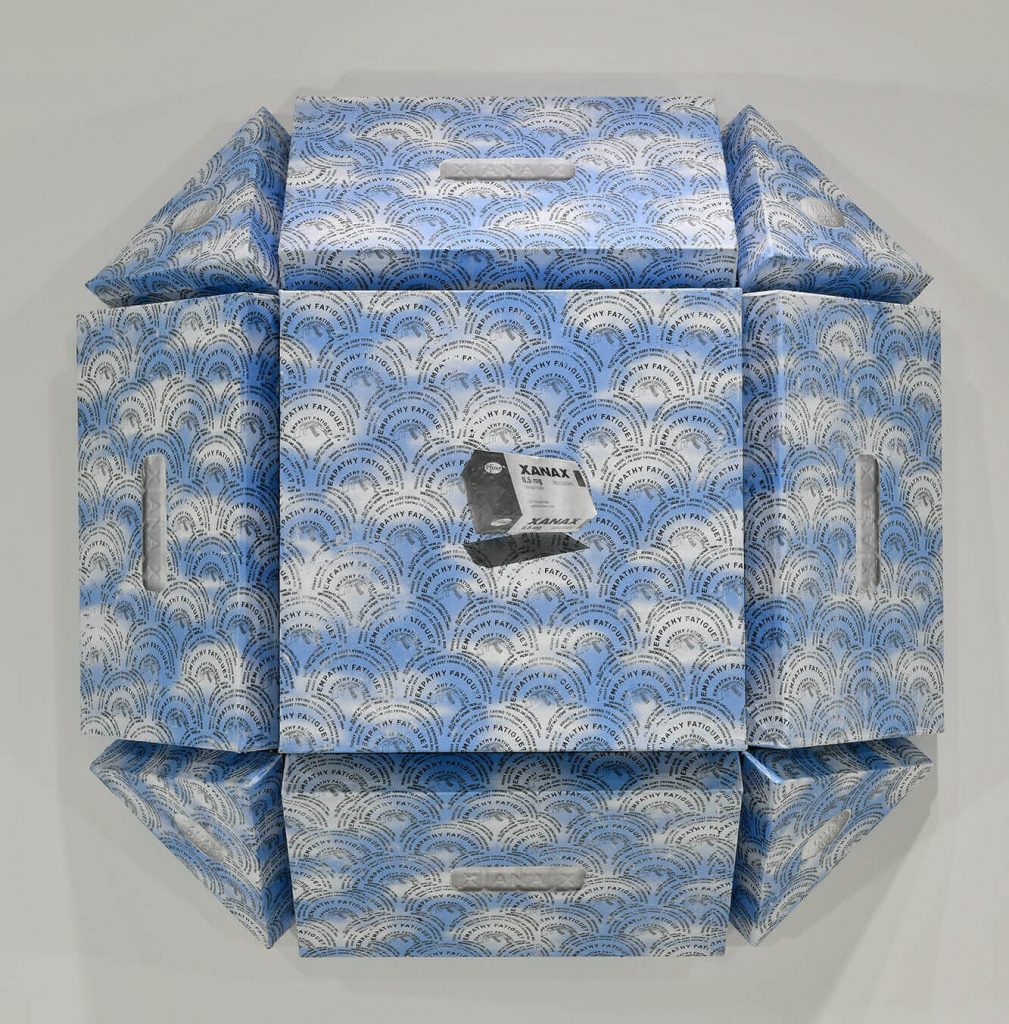
Michael Ho
In this set of work, Ho alludes to the Japanese folk creature, the amabie, a creature believed to ward off the effects of a pandemic. Through various vague allusions to current global catastrophes, the notion of “empathy fatigue?” confronts the viewer through a tongue in cheek, agendaless question. Perhaps the geometric form of the work functions as some sort of talisman to ward off empathy fatigue; Maybe it exemplifies the absurdity of the notion that one’s self is even capable of burning out due to secondary traumatic stress. Or perhaps engaging with such labyrinthine introspection is the very process that distracts one from the apocalyptic reality of 2020 that humanity should not ignore. Talisman of the Amabie juggles with the concepts of solipsism, escapism, and self care in the pursuit to agree upon the fine line that distinguishes each concept.

Nanae Mitobe
Corona pandemics are a threat to humanity. Even with advances in medicine and public health, they have evolved to become resistant to drugs and become highly toxic, just as humans struggle to fight disease.
Looking back on my life, this may be the first time I’ve experienced a global pandemic. But while current events are happening every day, they are so indirect and remote that watching the news made them feel like distant matters, like I was on the outside of the world.
However, the world was caught in the middle of a common pandemic, and for me, who had been painting portraits for a long time, the lack of contact with people led to a major change in my consciousness.
Then I became obsessed with the news coming from social networking sites abroad.
The news of people holed up in their homes, wild goats flooding the streets, and animals living freely with no human presence particularly caught my attention. I also made drawings of animals and other things I had never drawn before. Since I no longer had contact with people, it felt unnatural to draw people as I had done before, and I naturally drew motifs I had never drawn before.
As I recall, when I was a child, I loved picture books. In those children’s stories, there was a theme that I could relate to. Humans and animals are equal.
And not long after that, the BLM movement occurred in the United States.
This new work is a picture diary of events and topics that appear in the world news. I hope that this two-dimensional reportage will transcend the borders of the world, taking on a variety of colors and shapes.
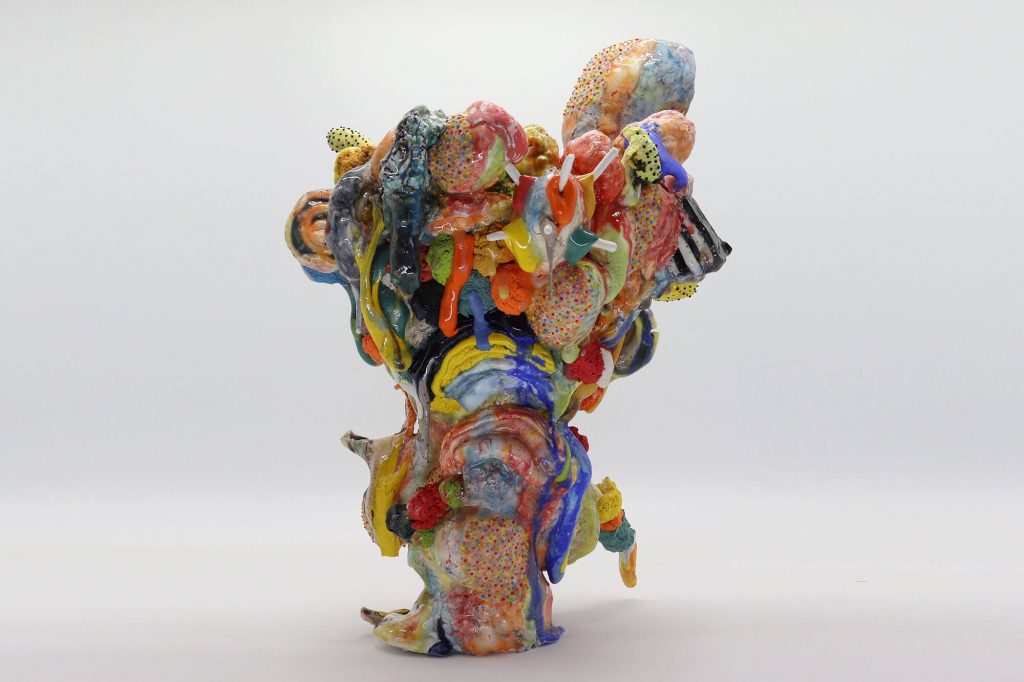
Kazuhito Kawai
It seems to me that in an instant this virus has ripped the building blocks from our community and exposed our true feelings to a bare minimum.
What we’ve been able to get away with while covering up. The deception of the community.
Divisions. Disparity. Discrimination. Nation. Politics. Anger. Helplessness. Loneliness.
And we find that we have been left behind by the changes in society that were already underway.
The disappearance of illusions, the loss of construction, is accompanied by a deep wounding of one’s self-esteem.
The impact that Covid-19 has had on society is a huge wave that is still very much beyond my ability to sort out for myself.
There is a time lag in emotions.
My brain anesthetizes my mind as I continue to record at a lower resolution.
Much later, a rough image will randomly auto-play in my brain, evoking the emotions tied to it.
I’ve always been unable to react to big changes in real time.
When I can’t see the “now”, I refer to the past.
How did human beings overcome the major points of change in history?
Can’t we find a point of sympathy in the past that can be “historicized” and referenced?
I think art is that history itself.
In my life, there have been many identity crises and there were many transitional periods.
How did I relate to art each time?
The prostitutes who survived the post-war era, the no future mood and drugs I was into as a teenager, David Bowie and Raf Simons. Youth and danger. A suburban apartment block. Alcoholism and rehab. The white of a mental hospital. The strength to survive in the grotesque and the sympathy for those left behind.
While vaguely thinking about these things, I faced the soil.
I believe that these empathetic points that I intuitively sought out will gently accompany me to the “now” and have some meaning.
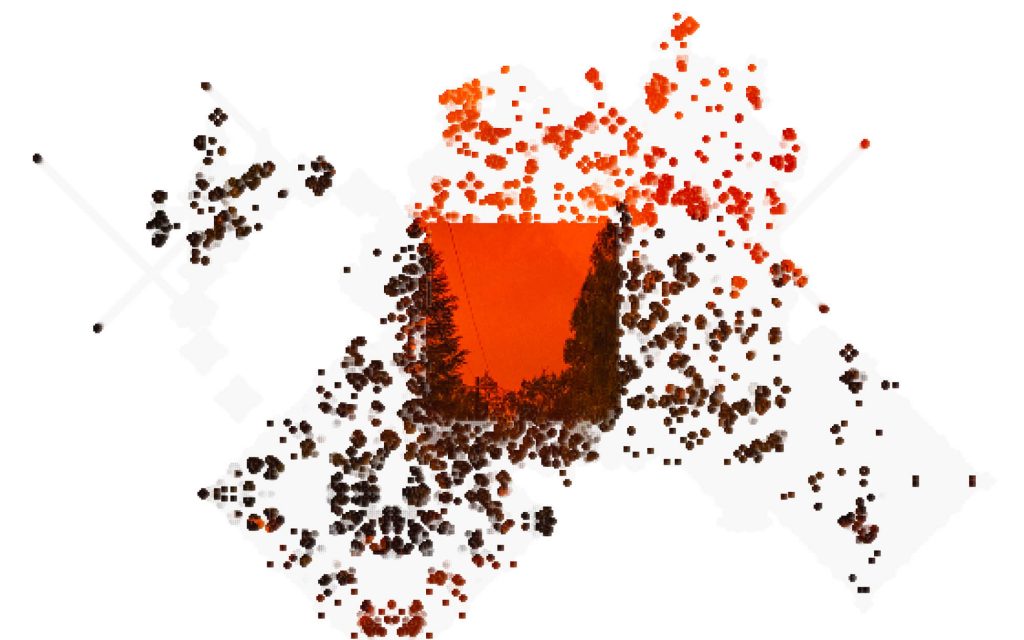
Kai Watanabe
“Acquaintances Through Iteration” is an interactive window that peers into the perspectives of individuals during the 2020 COVID-19 pandemic. The window asks participants to approach the blank surface, which partially reveals an image and expert of an individual’s personal interpretation of the pandemic. The image is unmasked through the use of Cellular Automata, an algorithm simulating the life of cells, which literally refers to the nature in which COVID-19 can spread. Increasingly close distance and action reveals more of the image, which plays with the idea of spreading virus through proximity, but in this case stands as a metaphor for the sharing of ideas. Much like how communication is necessary and unrestrainable, the desire to approach the mirror to connect with others is undeniable, but is constantly in the back of our minds as we engage in the behavior.
ARTIST PROFILE
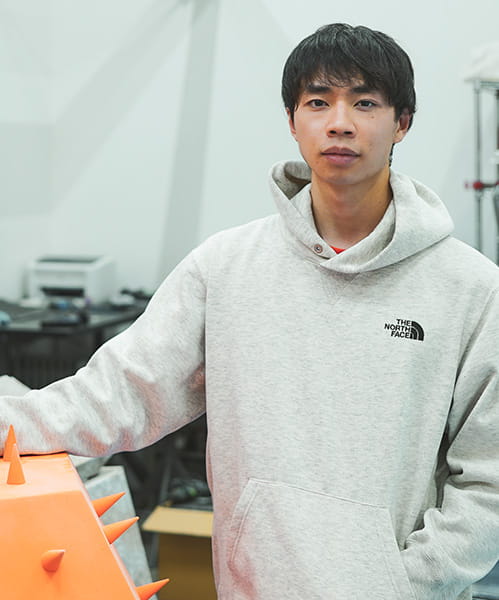
MICHAEL HO
Michael Ho was born in 1996, in Hawaii and currently lives and works in Tokyo, Japan. Ho graduated summa cum laude with a BA in fine arts from the University of California at Los Angeles (UCLA) in 2018. In the UCLA art department, Ho worked under and among the department's artists/professors: Barbara Kruger, Lari Pittman, Andrea Fraser, Catherine Opie, Adrian Wong, Adrian Saxe, Mary Kelly, and Silke Otto-Knapp. At the end of 2018, he moved to Tokyo, Japan and began showing work in Tokyo and Hong Kong. Focusing on the visual semantics and quasi didacticism, his paintings and sculptures take from fleeting moments of American pop culture, investigating the more intricate ability for painting to engage in a contentious, active conversation with the viewer.
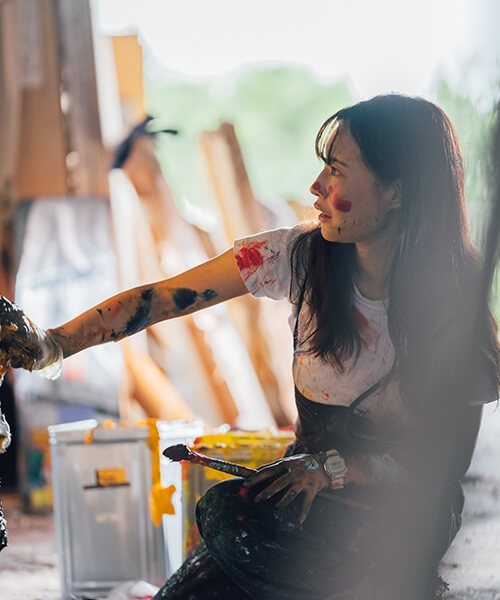
NANAE MITOBE
After graduating from Nagoya Zokei University in 2011, Mitobe has been based in Chiba, Japan, Attend Tokyo University of the Arts,Master of oil painting in 2021.
where she has been working as an artist. Mitobe has been painting iconic figures such as Michael Jackson for some time, but a residency in the United States in 2014 led to the release of her “DEPTH” series, and in her solo exhibition at the Aichi Prefectural Museum of Art in 2016, she exhibited a nearly four meter long work in the center of the exhibition hall. In each case, she pursues the essence of painting through the theme of the face.
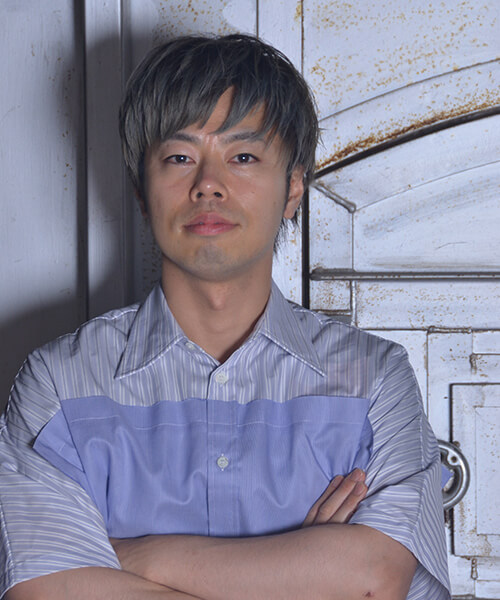
KAZUHITO KAWAI
Born in 1984 in Ibaraki, Japan. Kawai studied contemporary art at Chelsea College of Art in London (BA.HONS) Fine Art, 2007). After returning to Japan, he studied ceramics at the Ibaraki Prefectural College of Ceramics, graduating in 2018 with a BA (Hons) in Fine Art. He currently lives and works in Ibaraki Prefecture.
Solo exhibitions include "The Kitsch" (t.gallery Tokyo, 2019), "Freaks" (House in Kasama, Ibaraki, 2017), "Show Me with LOOP feeling" (contemporary art, Sokyo, Kyoto, 2020), "Full Frontal Naked Circulator" (Mitsukoshi Contemporary Art Gallery, Tokyo (2020), "±8 - Contemporary Ceramics" (The Shop Taka Ishii Gallery, Hong Kong, 2019), among others. He has also exhibited at national and international art fairs such as Art Kyoto (2019), Art Basel in Miami Beach (2019), Frieze Los Angels (2020), and Art Basel (2020). One of his major collections is the Takahashi Collection.
After studying contemporary art, his encounter with the medium of ceramics was an experience that liberated his creativity and led him to a breakthrough. Characterized by dynamic colors and shapes, his ceramic works show various expressions of irregularity, ugliness, grotesqueness, and fragility, revealing the inner self brought out by the material in a multi-layered way. The piled up lumps of clay reflect the time axis of the dialogue between the clay and himself.

KAI WATANABE
Kai Watanabe was born in Rome, Italy in 1999, and moved to California in 2000. He is a media artist and designer, who has studied and practiced design since his early teenage years. He is enrolled in one of the top universities in America, the University of California at Los Angeles (UCLA). He is now in his final year of UCLA, pursuing a BA in Design Media Arts. During his time as a student, he has created motion graphic work that has premiered across the US and Japan.
As a media artist, Kai examines the borders between art and technology through the use of interactive and immersive experiences. Through these experiences he strives to broaden the perception of art so that fields traditionally understood to be outside the sphere of art, such as the maths and sciences, are recognized as equally creative and expressive fields. He believes that widening the definition of art can help normalize the practice of approaching larger societal issues from multiple or previously unwelcomed viewpoints.
OVERVIEW
- TITLE
- H―C≡N
- DATE
- October 1 – November 14, 2020
- Opening Hours
- 12:00-18:00
- CLOSED
- Sun, Mon, and Public Holidays
- Opening Reception
October 1 17:00-20:00
- ADDRESS
Tokyo International Gallery
TERRADA Art Complex II 2F, 1-32-8 Higashi-Shinagawa, Shinagawa-ku, Tokyo, 140-0002 Japan- ACCESS
- 8 minutes’ walk from Tokyo Waterfront Area Rapid Transit Rinkai Line “Tennoz Isle Station”, 10 minutes’ walk from Tokyo Monorail Haneda Airport Line “Tennoz Isle Station”, 8 minutes’ walk from Keikyu Main Line “Shinbanba Station”
